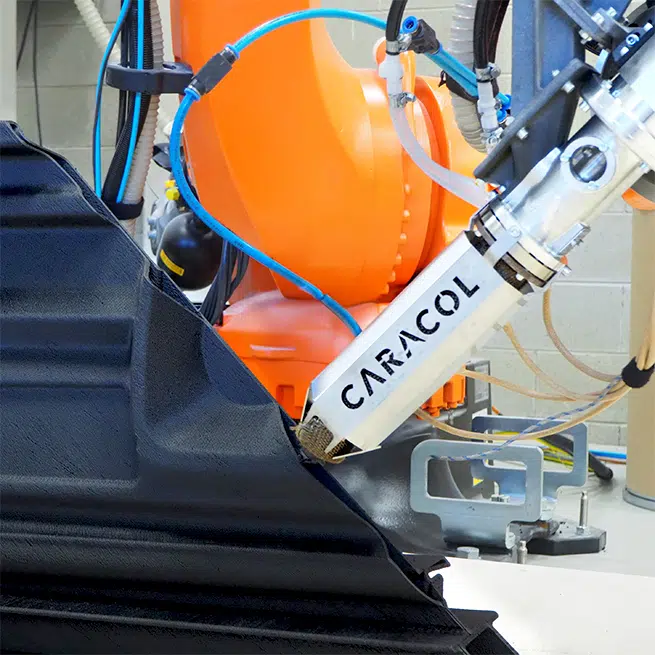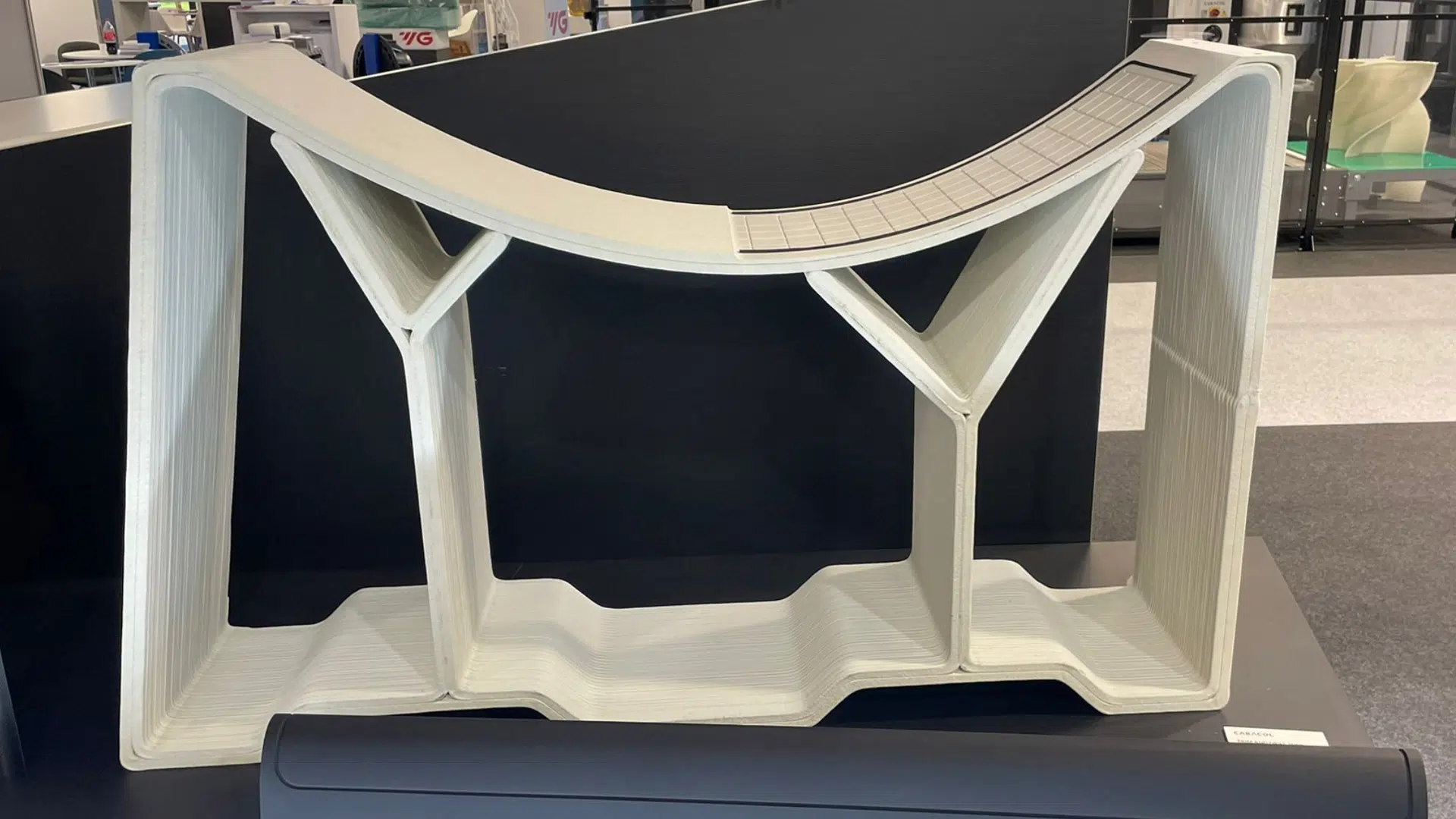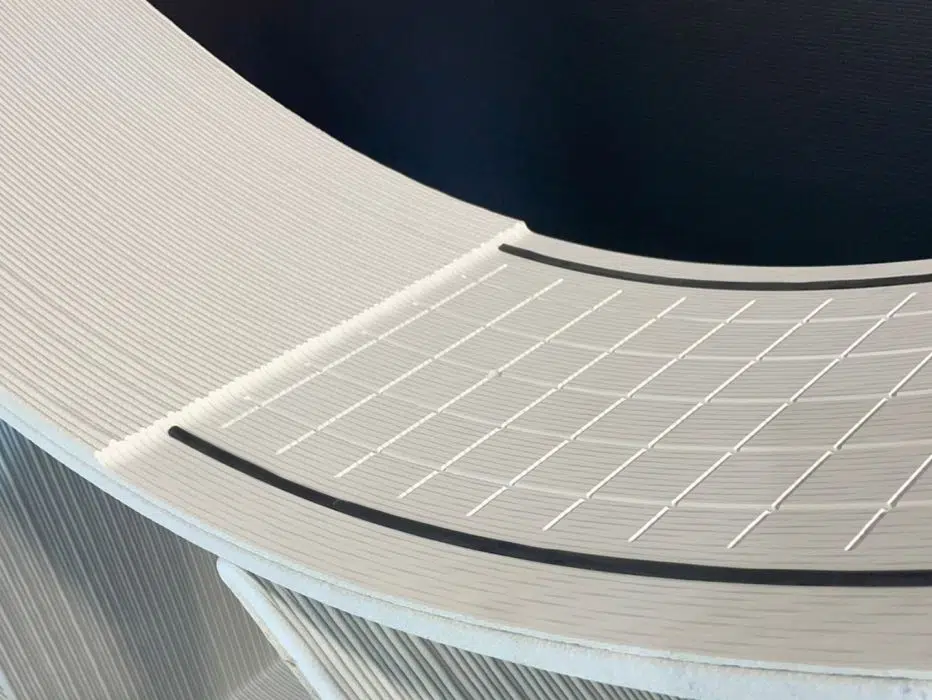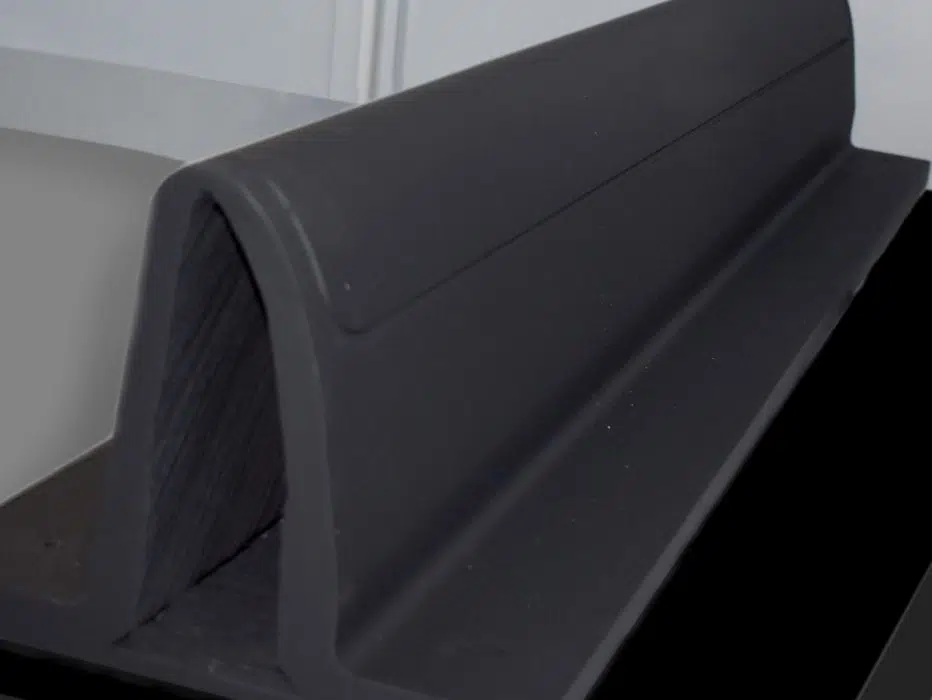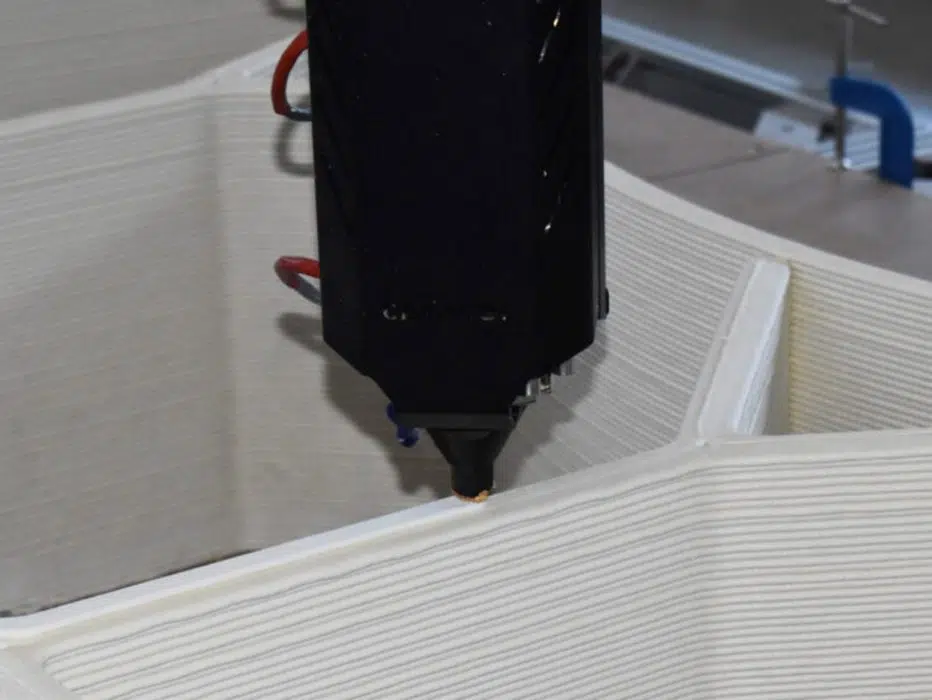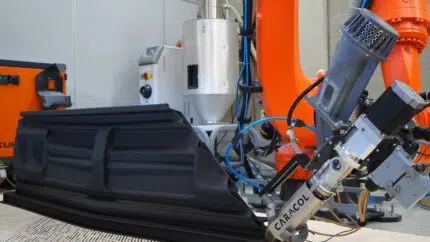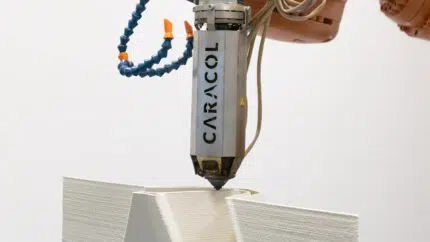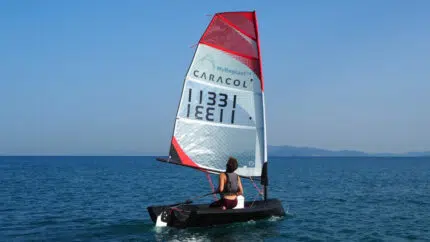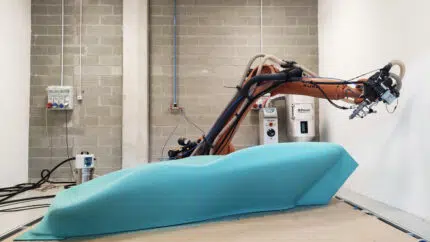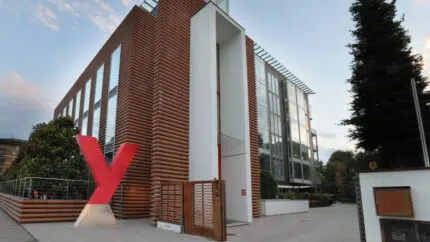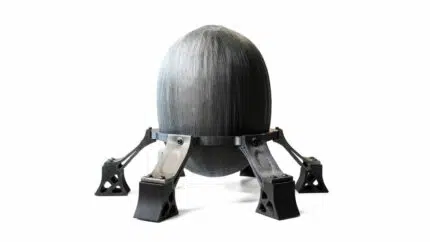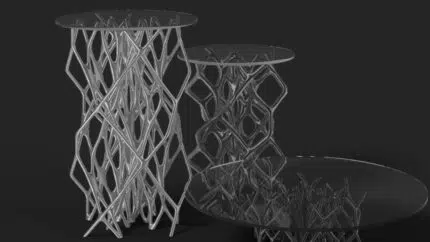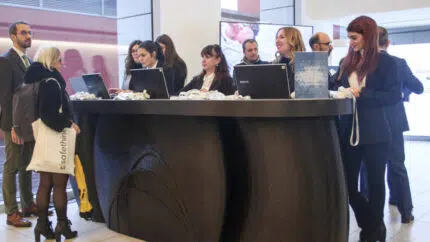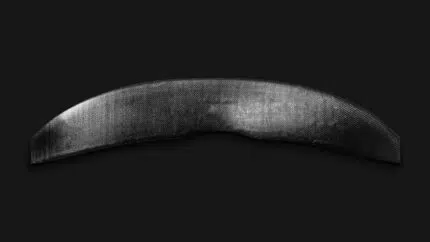
As the aerospace sector continues leading innovation in manufacturing and pushing the adoption of AM technologies, they’ve also been doing it for LFAM. Tooling has been one of the application fields driving the use of composite LFAM technologies in several industrial sectors, particularly for the aerospace sector. The following case studies represent examples of how additive manufacturing can positively impact the manufacturing processes and supply chains for well-established companies.
Leveraging its expertise in AM technologies, DfAM, and engineering, Caracol has optimized its integrated platform Heron AM to effectively manufacture parts such as tools, jigs, and fixtures in accordance with the highest quality and performance standards – qualifying its production process with the AS/EN 9100 certification.
The range of tooling that Caracol has worked on is very broad, such as jigs and fixtures for operations like drilling, trimming, milling, and assembly; custom alignment and placement jigs, to facilitate production workflows, speed up operations, and reduce potential human error; inspection fixtures to check fit and precision; handheld jigs, optimized and customized for operators; and master molds for composite fabrication of glass or carbon fiber parts.
This is possible as Heron can process a broad range of composite materials, for example glass, carbon or Kevlar fibers with thermoplastic matrixes such as Polypropylene (PP) – economical, lightweight, and resistant; ABS – the most used one for low-temperature tooling, thanks to its good mechanical properties; Polycarbonate (PC), with high-strength that works on mid-temperature autoclave processes; and PEI, with outstanding mechanical and thermal properties that enable its use for autoclave and oven tools.
01 3D printed tools for aircraft manufacturing
02 3D printed tools for aircraft manufacturing
Heron 300 equipped with the HF (High Flow) extruder is the ideal configuration to cover a broad range of tools, up to a 3-meter length, and can be easily extended with a rail by several meters on the x-axis. This set up was used to print both an ABS GF trim and drill tool as well as a ABS CF cold lamination tool, used for manufacturing and maintenance of aircraft fuselage.
Trimming and drilling tools are essential for the construction and maintenance processes of aircraft fuselage: they are used to cut and shape various materials, such as aluminum, composite, and titanium, to create and modify the various components that make up the final aircraft fuselage. These tools must be carefully selected based on the type of material used and the specific task at hand. With the right tools and techniques, aircraft manufacturers can create precise and reliable fuselage elements that meet the strict safety standards of the aviation industry.
Cold lamination tools, instead, are also essential for aircraft manufacturers and especially for maintenance crews who need to make repairs to the fuselage in the field. They provide a safe and efficient method for applying a thin protective film layer to the surface of the fuselage, which helps to extend the lifespan of the aircraft and reduce maintenance costs. Indeed, the applied layer helps to protect the surface of the aircraft from corrosion, scratches, and other types of damage that can occur while operating the vehicle.
This type of tool operates at room temperature and does not require heat or pressure to apply the film. It can be used on a wide range of materials, including aluminum, composite, and titanium, and in both indoor and outdoor environments, which makes it a versatile tool.
Both tools have been printed by Heron AM as a one-piece cycle avoiding assemblies and were post-processed with CNC to ensure the expected tolerances and the specific surface characteristics. Starting from the concept of adding layers instead of removing and modelling volumes out of a piece of metal or composite allowed the aerospace producers to drastically reduce waste and to obtain a more sustainable production process if compared to traditional manufacturing.
The parts were also rendered up to 80% lighter, making it easy to transport and store in vertical storage units – simplifying logistics and reducing the environmental impact of these parts. Overall, lead-time decreased from 12 to 5-6 weeks, finally leading to important cost savings (starting from 50%).
Key Production specs:
TRIMMING AND DRILLING TOOL
TECHNOLOGY: LFAM Heron AM with HF extruder + CNC post-processing
MATERIAL: ABS + Glass Fiber
SIZE: 1650 mm (l), 1000 mm (h), 400 mm (w)
SURFACE ROUGHNESS: 1.2 μm
DIMENSIONAL TOLERANCES: 0.2 mm
WEIGHT: 100 Kg, up to 80% reduction
WASTED MATERIAL: up to 60% reduction
LEAD TIME: from 12 to 5/6 week = saving 50%
COST: starting from 50% savings
COLD LAMINATION TOOL
TECHNOLOGY: LFAM Heron AM with HA extruder + CNC post-processing
MATERIAL: ABS + Carbon Fiber
SIZE: 1400 mm (l), 225 mm (h), 225 mm (w)
SURFACE ROUGHNESS: 1.2 μm
DIMENSIONAL TOLERANCES: 0.2 mm
WEIGHT: 27 Kg, up to 80% saving
WASTED MATERIAL: up to 70% reduction
LEAD TIME: from 12 to 5/6 week = saving 50%
COST: starting from 50% savings
